Advertising Design for Different Media: From Billboards to Digital
Want to save time?
Summarize this article in seconds with AI
In this modern age, the platforms through which ads are presented are as diverse as the audiences they aim to reach. From the large format billboards to the interactive screens of digital devices, the world of advertising design is rich with opportunities for creativity and innovation. Here’s a comprehensive exploration of how advertising design varies across different media, featuring both traditional and modern platforms, and packed with local and international examples to inspire and captivate audiences!
Billboard Advertising Design
Billboards are a staple in outdoor advertising with their ability to capture the attention of a wide audience. Effective billboard design maximizes visibility and impact through the use of bold, simple imagery and minimal text. A classic example is the iconic use of billboards in Hong Kong’s metropolitan districts such as Central, where luxury brands deploy high-impact visuals to communicate prestige and allure succinctly.

Source: Marketing-Interactive
Billboards’ effectiveness comes from their strategic placements and the instantaneous connection they forge with passersby. Take this Chanel OOH campaign for example. This is placed in Central near Tai Kwun. This area is advantageous for the residence of higher income groups as well as frequent visits by vacationers with higher amounts of disposable income. With the ad designs taking up the entire building surfaces, both pedestrians and people in nearby buildings can easily view the ad.
Do's:
Keep it simple: Use bold, clear imagery and minimal text.
Be impactful: Choose colors and ad designs that stand out in the urban environment.
Consider location: Design with the billboard's location in mind, tailoring the message to local demographics.
Don'ts:
Overload with information: Too much text or complex visuals will be lost on viewers who typically only have a few seconds to see your ad.
Ignore sight lines: Ensure the ad is fully visible and not obstructed by urban infrastructure.
Forget night visibility: Use reflective or backlit materials to ensure the ad is visible at night.
DOOH/Digital Screens
The dynamic nature of Digital Out-of-Home (DOOH) advertising allows for advertising design creative flexibility that traditional billboards cannot match. Digital screens can update in real-time and tailor messages to specific audiences or conditions. Causeway Bay’s Times Square features digital billboards that showcase everything from fashion to technology, offering advertisers the ability to rotate content throughout the day to target different demographic groups. This responsiveness makes DOOH an invaluable tool for engaging with viewers in a timely and relevant manner.
Do's:
- Leverage technology: Utilize dynamic content that can change based on time of day, weather, or viewer demographics.
- Engage interactively: Incorporate touchscreens or QR codes to encourage viewer interaction.
- Use motion wisely: Animated or video content should be eye-catching but not distracting.
Don'ts:
- Make it too busy: Moving images should not be overly complex; the main message still needs to be clear and quick to understand.
- Neglect content refreshes: Keep the content fresh and relevant to maintain interest.
- Underestimate content length: Ensure animations or videos are the right length to communicate the message before viewers walk away.
Tram and Bus Advertising Design
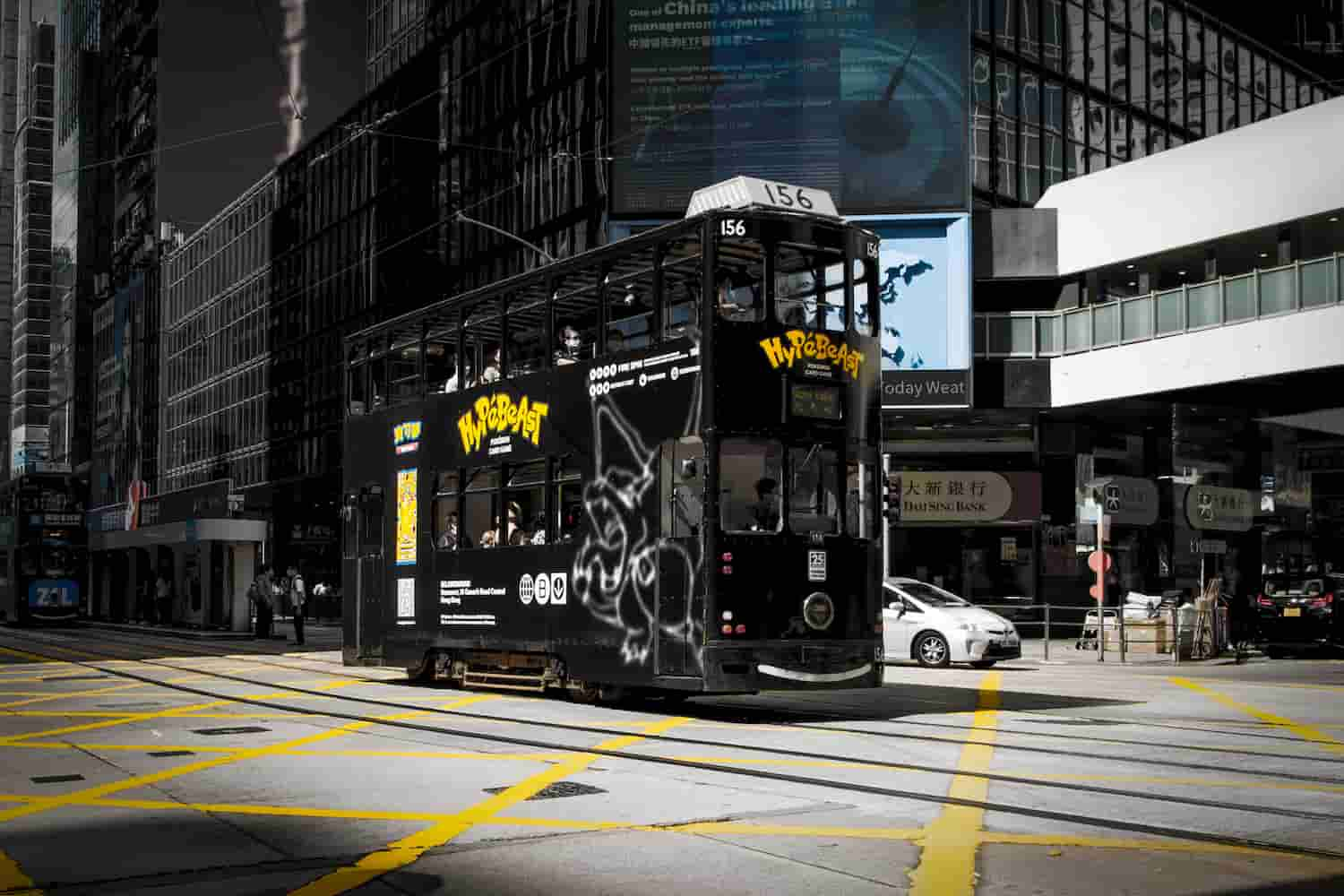
Source: Hypebeast
Tram advertising in Hong Kong provide a moving canvas that captures the eye with creative ad designs that take into consideration the vehicle’s elongated shape. Advertising on trams should be visually engaging from all angles, utilizing the length of the tram to tell a story or convey a message as it winds through the city’s thoroughfares. This form of advertising is particularly effective for campaigns aiming to reach diverse audiences across different neighbourhoods.
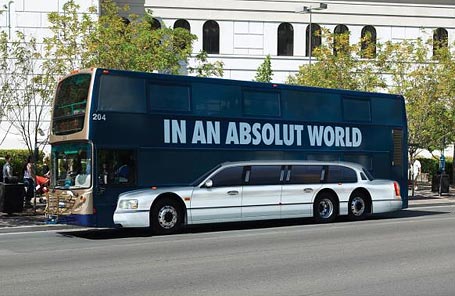
Source: deMilked
Buses offer a similar moving billboard opportunity but with more surface area to work with compared to trams. Ads on buses can wrap around the entire vehicle, providing 360-degree exposure. In Hong Kong, bus advertising is often used for large-scale campaigns aiming to make a bold statement, such as new movie releases or major product launches, utilizing vibrant colors and large, readable text.
Do's:
- Maximize visibility: Use large, readable text and vivid colours.
- Design for all sides: Ensure the ad design is engaging from multiple viewing angles.
- Tell a story: Use the length of the tram or bus to unfold a narrative or message as it moves.
Don'ts:
- Clutter the space: Avoid filling every inch with information; focus on one core message.
- Use small details: Details likely won’t be discernible at a distance or at high speeds.
- Forget the inside: For buses, consider also placing internal ads for passengers.
MTR Advertising Design

Source: Campaign
The Mass Transit Railway (MTR) in Hong Kong is an integral part of daily life, serving as a prime venue for advertisers. MTR advertising can include everything from platform billboards to digital screens within the carriages. These ads are designed to catch the eye of busy commuters, often featuring bright images and concise messaging that can be quickly absorbed even in a crowded, fast-paced environment.
Do's:
- Be informative: Use the captive audience to provide more detailed information.
- Incorporate digital elements: Use screens for interactive or changing ads.
- Ensure readability: Text should be large enough to be read from a distance.
Don'ts:
- Ignore the context: Consider the surroundings and tailor the ad to fit the local environment and audience.
- Overwhelm the viewer: While more information can be conveyed, it should still be digestible.
- Skimp on quality: Use high-quality materials to withstand weather and constant use.
Taxi Advertising Design
Taxis in Hong Kong frequently serve as both mobile billboards and intimate advertising spaces with internal displays. External taxi ads need to be quickly identifiable, using clear, bold creative ad designs that can be understood at a glance. Internally, ads can engage passengers with longer, more detailed messages, often related to tourism or local services.
Do's:
- Be memorable: Design bold, distinctive graphics that can be recognized quickly.
- Use dual messages: Differentiate messages for external and internal audiences.
- Highlight calls-to-action: Especially for interior ads, direct passengers on how to interact with or respond to the ad.
Don'ts:
- Use complex ad designs: Simplicity is key given the fast-moving nature of taxis.
- Forget passenger demographics: Tailor interior ads to likely taxi users.
- Neglect maintenance: Ensure external ads are kept clean and undamaged.
Display Ad and Press Ad Design
Online display ads need to stand out in the highly competitive digital landscape. Effective digital ad design often includes interactive elements or animations to draw in users. These ads must be visually appealing and optimized for quick loading to capture attention before a user scrolls away.
Print remains a powerful medium for detailed, targeted advertising. Press ads in newspapers and magazines allow for nuanced messages that can include more text and complex imagery than digital or outdoor media. These ads are particularly effective for reaching specific demographics who favour print media, such as senior professionals or luxury goods consumers.
Do's:
- Target your audience: Tailor content specifically to the demographics that frequent the website or read the publication.
- Be high-quality: Use professional images and well-designed graphics.
- Include a clear call-to-action: Make it easy for readers or viewers to know what to do next.
Don'ts:
- Be generic: Avoid one-size-fits-all messaging; customization increases relevance.
- Overload the ad: Whether it's a display or press ad, keep the design focused and the message clear.
- Neglect tracking: Especially for digital ads, use analytics to track performance and adjust strategies accordingly.
The diverse array of advertising mediums requires a deep understanding of each platform’s unique attributes and audience behaviours. By tailoring advertising designs to the specific characteristics of billboards, digital screens, trams, buses, and more, advertisers can craft compelling messages that resonate with their intended audiences, ensuring that their campaigns are not only seen but remembered.
 Cookie preferences
Cookie preferences

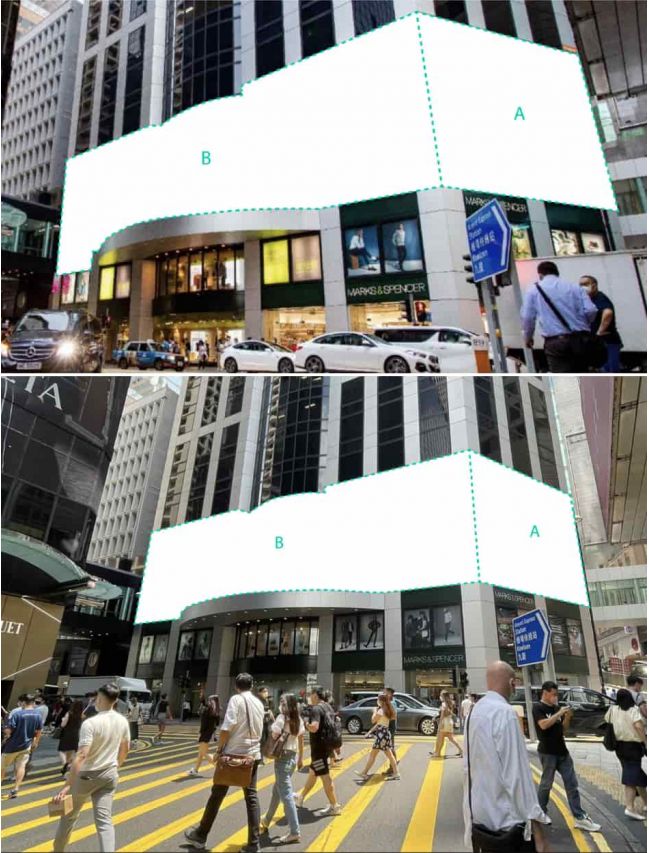



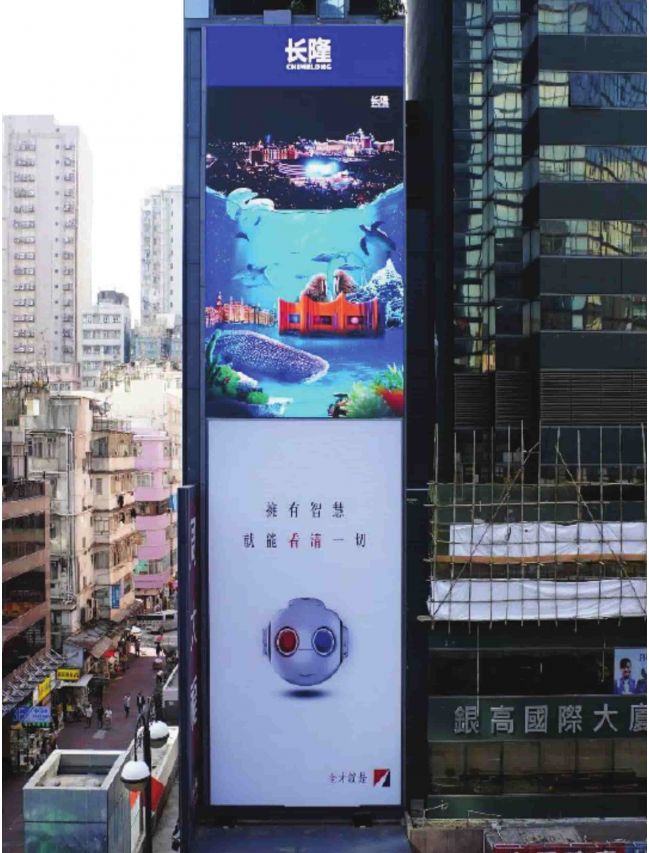
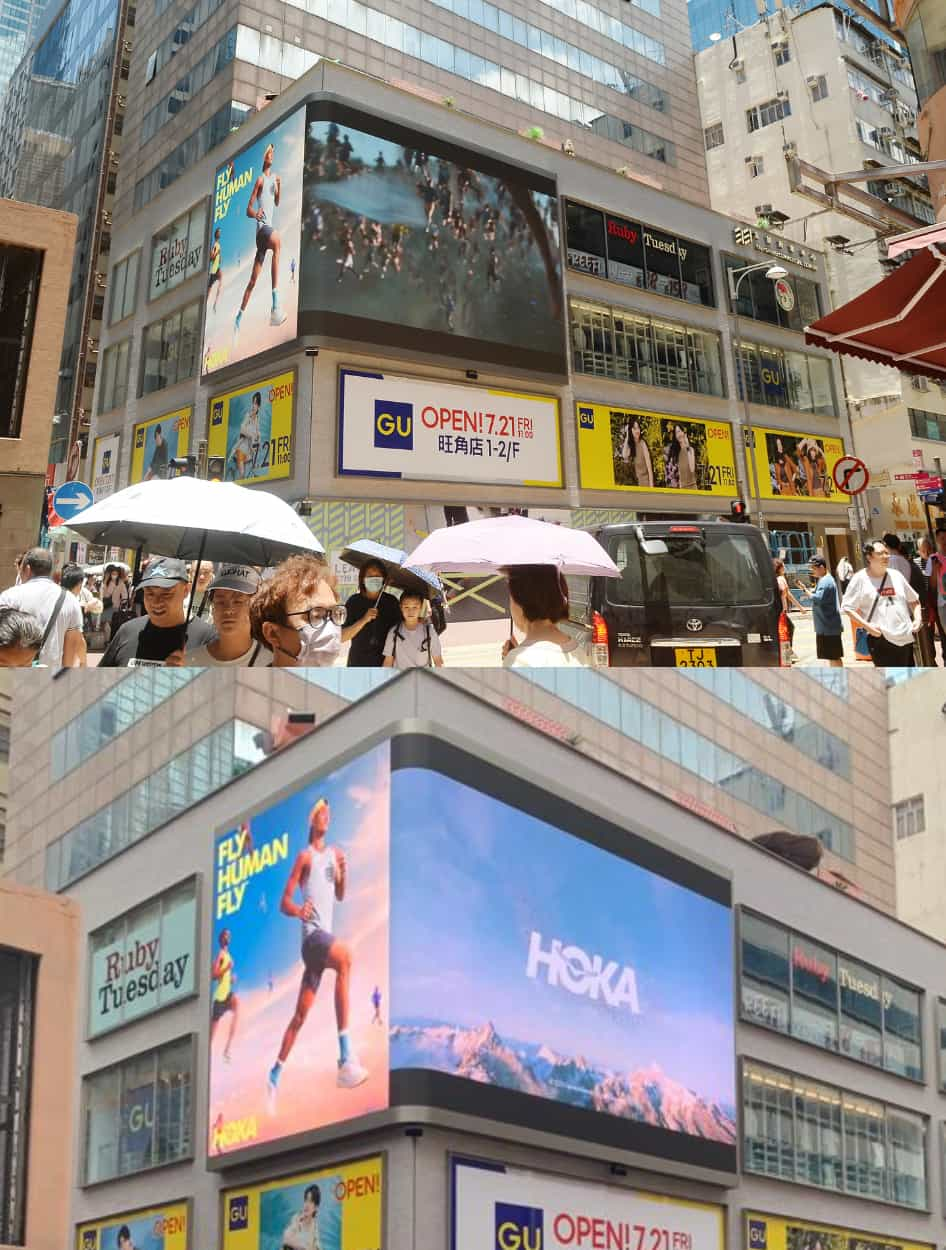
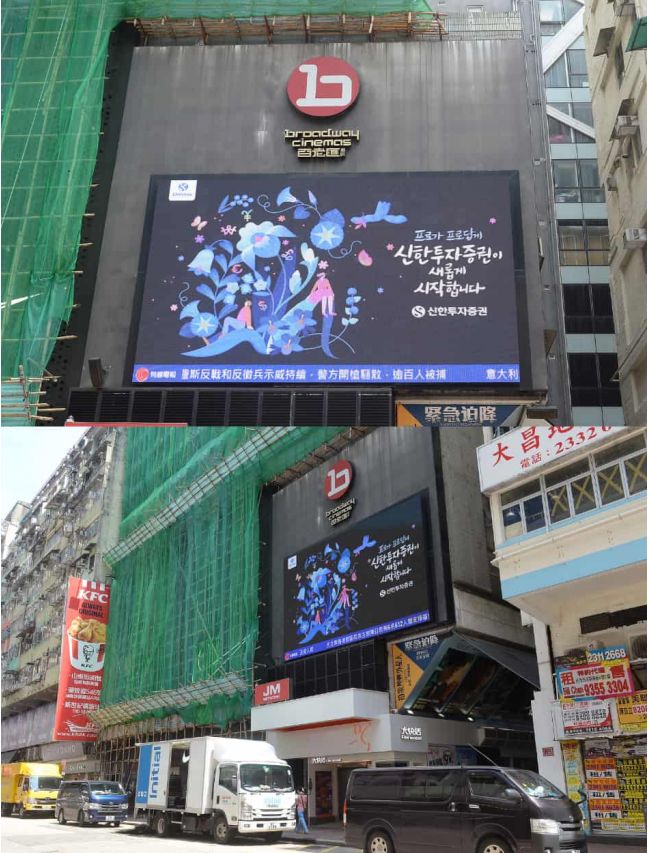

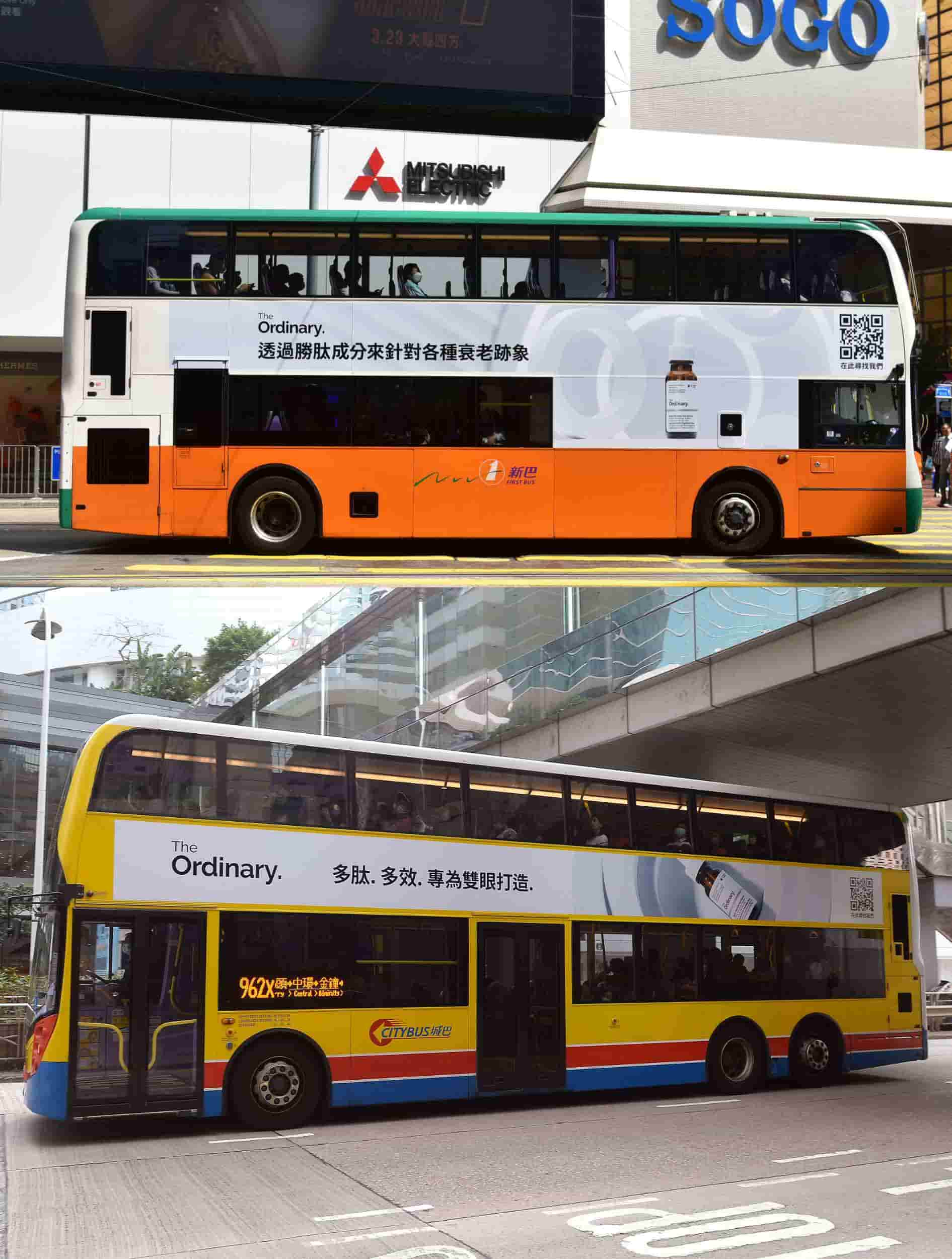
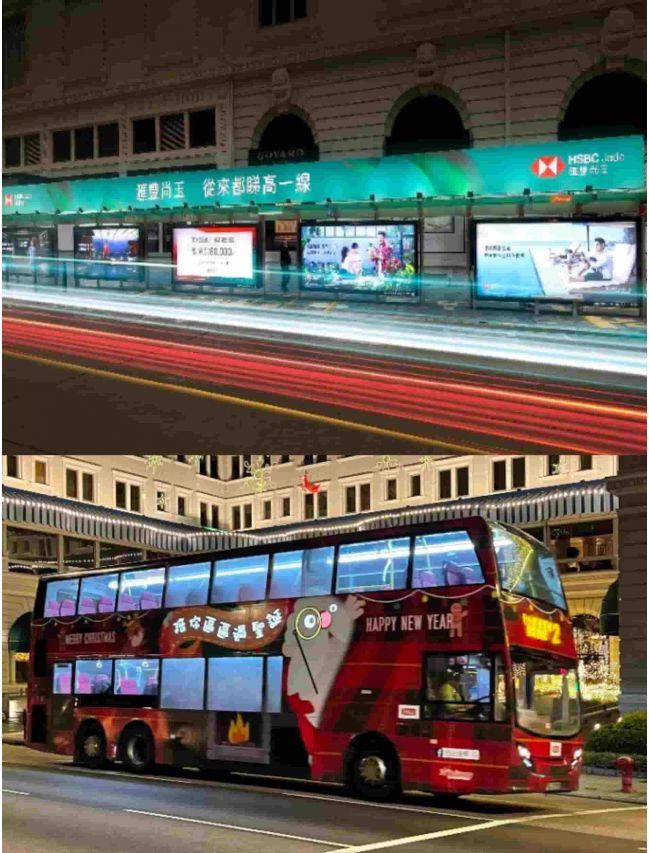
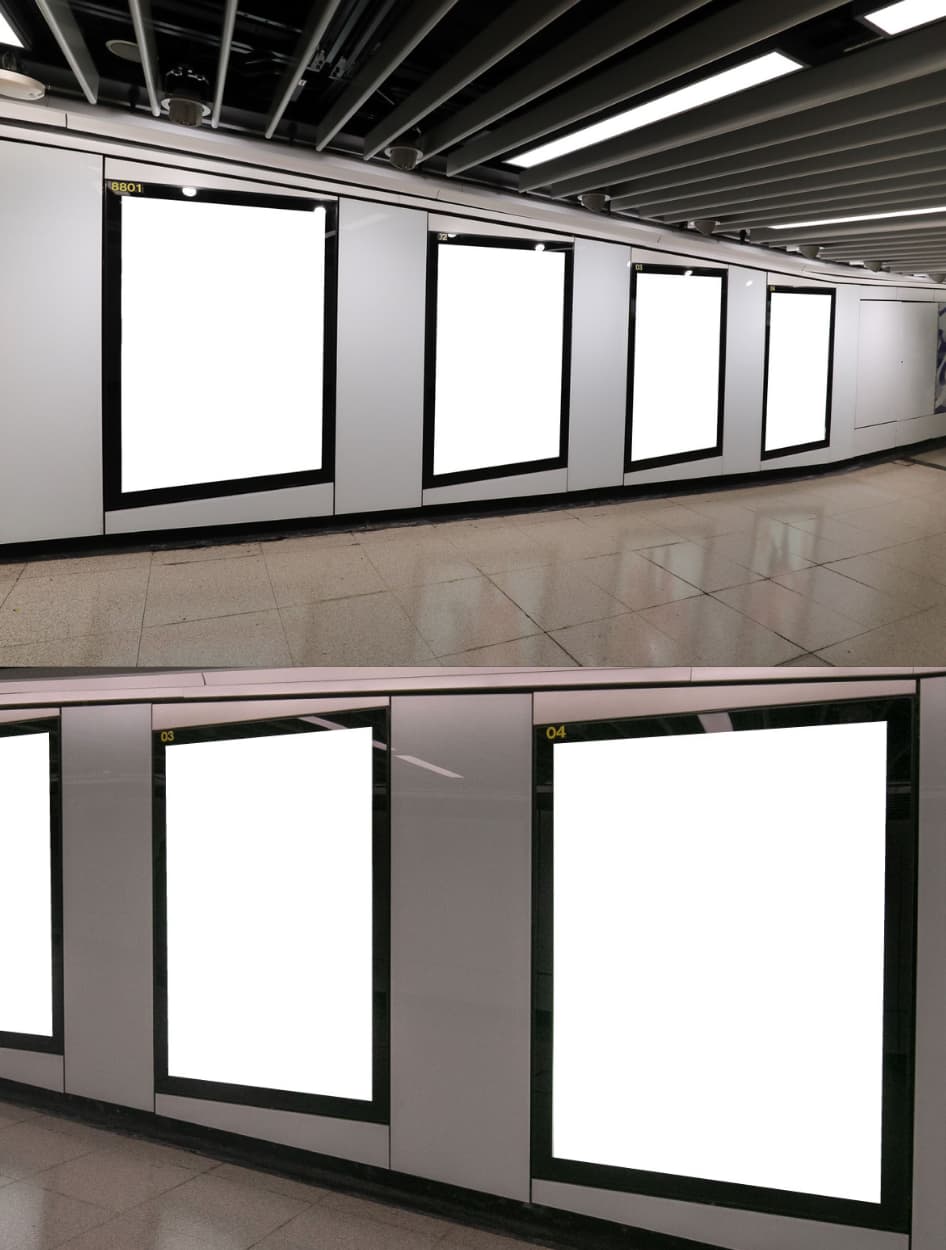

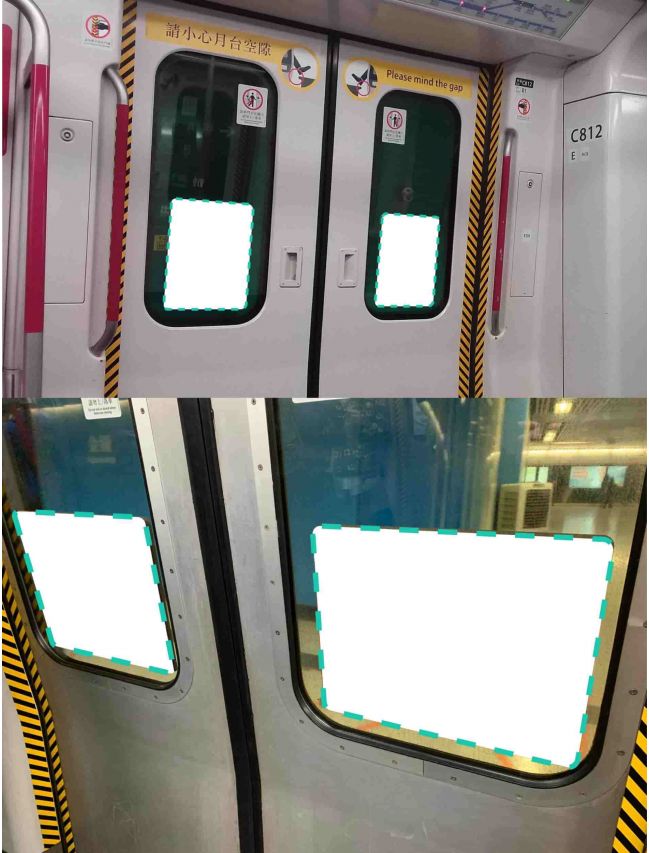
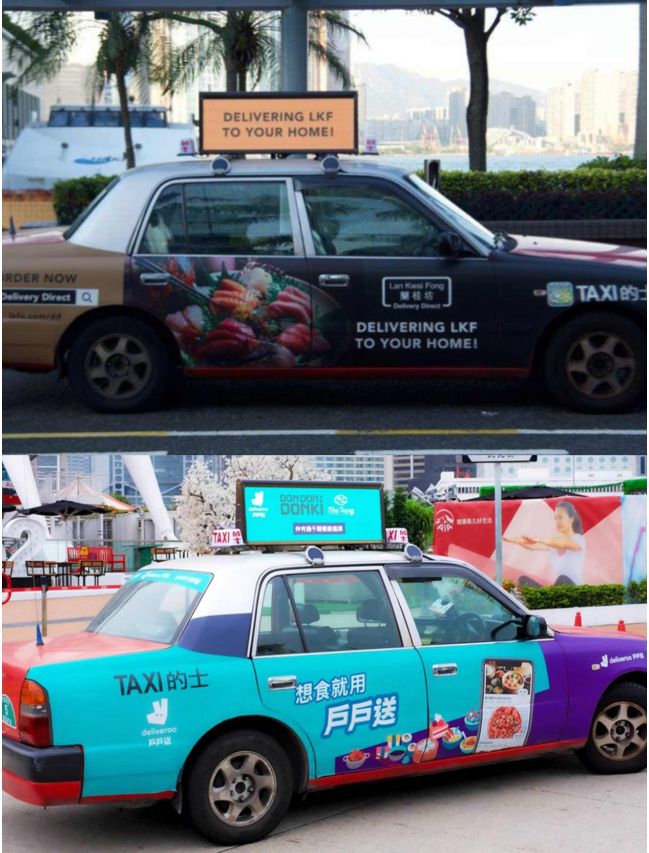
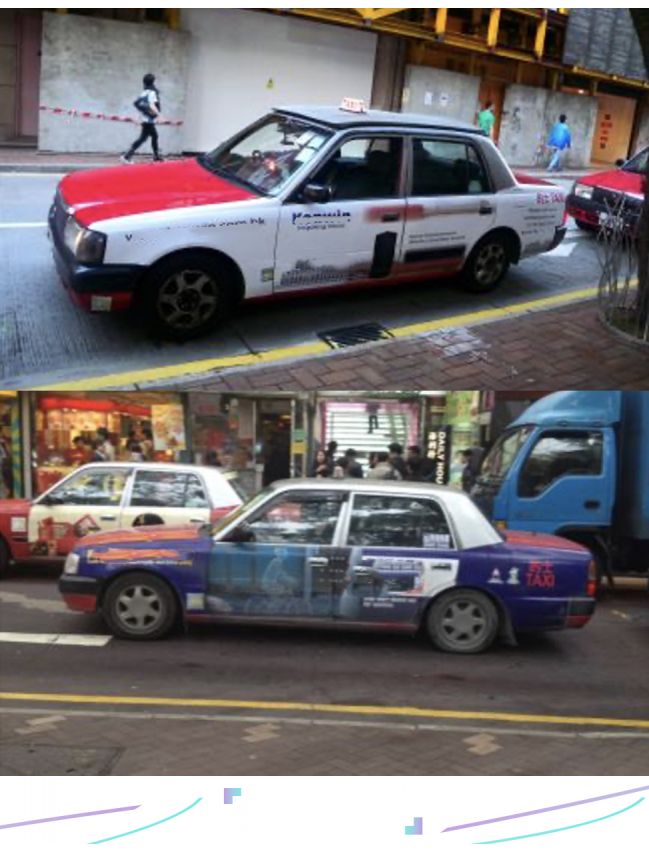
.jpg)


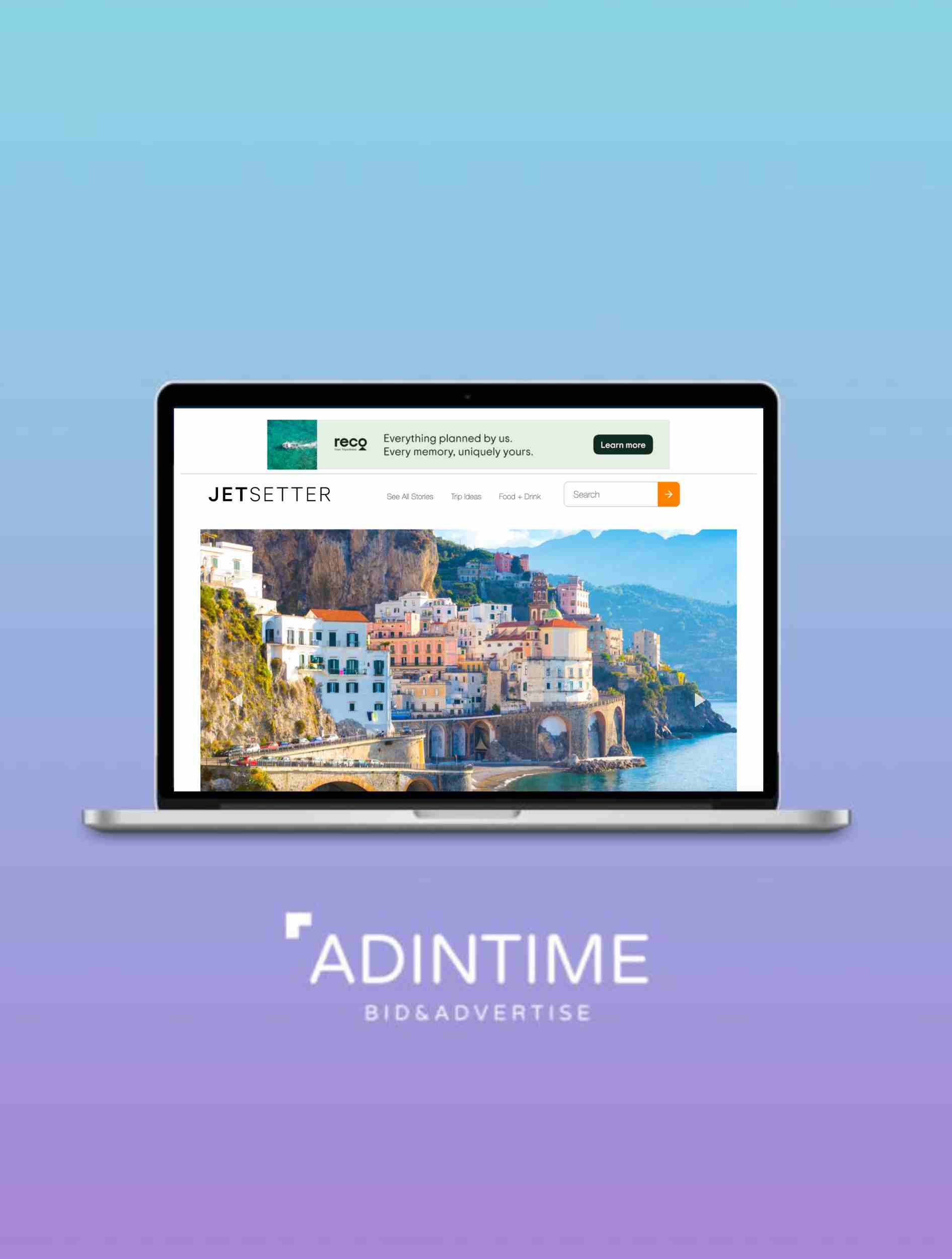








 Xiaohongshu Advertising Guide: How Can Hong Kong Brands Maximize Their Results?
Xiaohongshu Advertising Guide: How Can Hong Kong Brands Maximize Their Results?
 2x your advertising effectiveness: Master big data to optimize ad ROI
2x your advertising effectiveness: Master big data to optimize ad ROI
 Top 5 Best Ads in 2025 in Hong Kong
Top 5 Best Ads in 2025 in Hong Kong
 Hong Kong Outdoor Advertising Cost in 2026 | Adintime Report
Hong Kong Outdoor Advertising Cost in 2026 | Adintime Report
 Marketing Calendar 2026: Key Dates For Marketing Success
Marketing Calendar 2026: Key Dates For Marketing Success
 The Most Widely-Read Magazine and Newspaper in Hong Kong
The Most Widely-Read Magazine and Newspaper in Hong Kong
 Understanding YouTube Advertising Costs in 2025
Understanding YouTube Advertising Costs in 2025
 OOH /DOOH advertising in Hong Kong: Formats and Rates (2025 Update)
OOH /DOOH advertising in Hong Kong: Formats and Rates (2025 Update)
 How much does LinkedIn Advertising Cost? (2025 Update)
How much does LinkedIn Advertising Cost? (2025 Update)
 Press Ad Basics: Types, Formats and Ad Price
Press Ad Basics: Types, Formats and Ad Price